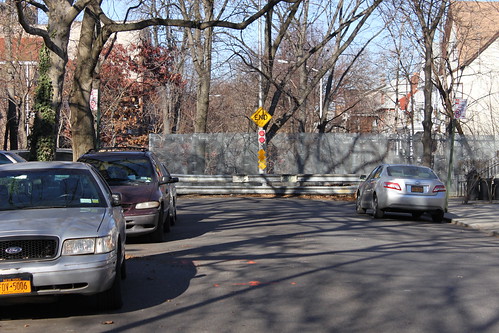I have been fortunate to work with 17 different clients on a wide range of great projects in my first year. For my very first contract I was a small part of the large and mighty team lead by the Central Valley Community Foundation that put together a successful grant application which will bring $65 million to the Central Valley to kick start an agriculture-related tech cluster, including the Innovation Center for Research and Entrepreneurship in Ag Food Technology & Engineering (iCREATE) which will hopefully be located in a restored Bank of Italy Building in Downtown Fresno. I’m also a sub-consultant to WRT on the update to the Tower District Specific Plan, which is gratifying because the Tower is my neighborhood and because I co-authored the design guidelines for the original specific plan 20 years ago. As a proud Shoupista (if you know, you know), I am very excited to be a sub-consultant to Eleven-X on the Commercial Corridor Performance Parking Plan for Arlington, VA. I will also be a sub-consultant on the team lead by Foster and Partners and ARUP, who will be designing the first four high-speed rail stations in the US in Merced, Fresno, Hanford, and Bakersfield. I’m also working on a few office projects, including a new headquarters building for a marketing firm that has an innovative vision for melding a traditional office with remote work and an expansion for a growing video production company.
Thus far, housing development has made up a majority of my work. My residential development clients are small to mid-size independent builders. They are flexible, creative, and all-around cool folks who believe in Fresno. I am thrilled to help them deliver the same kinds of projects that I championed while I worked in local government. I have been able to help them with everything from site selection, due diligence, visioning, alternatives analysis, site planning, entitlements, and general troubleshooting. In all, I am working on 10 residential/mixed-use infill projects in the Fresno area. Together these projects will deliver 731 units of housing to the market (363 market rate, 368 affordable). Most are promoting revitalization in Downtown, the Blackstone corridor, and West/Central Fresno, and a few small projects will provide appealing for-rent housing options in high-opportunity infill areas in north Fresno and Clovis. I also started as an instructor for the Incremental Development Alliance, teaching aspiring small developers across the US how to navigate their local zoning ordinances.
Want to see more about the things I am working on? Check out my current projects page on my website: https://zackurban.com/currentprojects/
Although I am working on a lot of great projects, I still have some bandwidth—so if you want to partner on something cool, hit me up! If it promotes dense infill housing, walkability, bikeability, transit ridership, downtown and neighborhood revitalization, urbanization of commercial corridors, and the creation of fun and inclusive places then I am all over it.
I am beyond grateful that this launch was a success. Thank you to all of my clients and to everyone who has helped me with leads. Thank you also to all of my friends with consulting experience who have offered sage advice—I couldn’t have done it without you! I am looking forward to all of the exciting and fulfilling work that 2023 will bring.
























